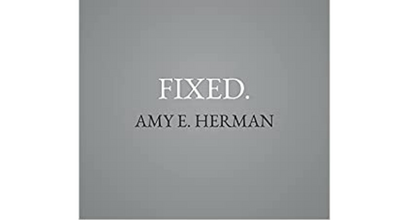With this book, I didn’t expect it to be as relatable for an analyst but maybe more geared towards engineering, architect, or even manager role. So my expectations weren’t for this to be like her previous book Visual Intelligence: Sharpen Your Perception, Change Your Life, where I could directly relate most of it for an analyst, but I was interested in reading it nonetheless.
The book is very interactive. This isn’t a book you can pick up on audible currently and I wouldn’t recommend it if it ever does become available. There are pictures throughout the book and sometimes you think, “Oh, that’s interesting,” only to be asked questions or to give your thoughts about it later on. I liked that aspect of the book; it made me evaluate everything, and even when I thought I thoroughly investigated a picture, she would ask a question that I wouldn’t be able to answer and would have to flip back to the image. So it kept me on my toes.
Another thing I enjoyed about this book was learning about art and history. There’s a lot to learn from artists like Kehinde Wiley, Pulitzer Prize-winning photographer Eddie Adams, or just learning about art styles like notan and kintsugi. There were many times when Herman talked about an artist like Kehinde Wiley but then mentioned he had a TED Talk. I would stop reading and find it and listen to it for myself. Another example was the controversy about Eddie Adams’ photo, but I wanted to hear in his own words what it was like to take that picture and the aftermath. I found myself doing that a lot with this book, doing my own research to learn about the images I was seeing. As Eddie Adams said, “A picture only shows you a half-truth,” and Amy picks many compelling photos with a rich history to them.
Another thing about the book is Amy does not shy away from hot-button topics that we’re facing in these last couple of years, like the pandemic, race, and politics. I think this is good because, as she mentioned, just because a piece of art might be perceived negatively or positively doesn’t mean it shouldn’t be discussed. She goes into several topics that might trigger strong emotions one way or another. I could see some people might perceive this negatively and not want to continue. This is unfortunate because this book is all about looking at things differently and changing your perspective, not changing one’s mind about a topic. The person that might benefit from reading this might struggle with these topics, and somebody who is already willing to look at other perspectives might not NEED to read this book.
Now, for the dying question. Does this book help you solve problems? This is where I start to be more critical of this book. Often when I’m reading a book, learning a new topic, or just hearing something interesting, I like to share it with other people. Sharing with other people is my way to remember interesting aspects I find. It’s no different with this book. I found myself telling my wife the stories in the book, things I came to learn, and what I was enjoying. But at one point, I told her, “I’m almost done with the book, and I still don’t have anything about how to solve problems.” She agreed that most of what I shared didn’t have an underlying “problem-solving” theme. It was interesting and insightful, but it wasn’t until the final chapter did I feel like I was getting what this book was supposed to be about. The last chapter was the meat and potatoes, and I even felt like the author opened up more about herself. I would have liked to see that more throughout the book. For me, the book missed its mark a little bit about the topic. Now, I’m not saying it wasn’t a joy to read, but if I came into this book explicitly looking to come away with problem-solving skills, I might be disappointed.
For my final thoughts, I’m glad I read it. I learned a lot, and there are things I’ll be taking away and trying to incorporate as an analyst. I always enjoy hearing stories of people in time, their struggles, and how they overcame them. If somebody asked me, would you recommend this book? I would say yes, especially if you haven’t read Visual Intelligence. But I would also recommend just enjoying the journey she takes you on with no expectations. For me, I don’t know if I would reread it, but I’ll be using it as a reference for several topics/artists/lessons I want to learn more about.
